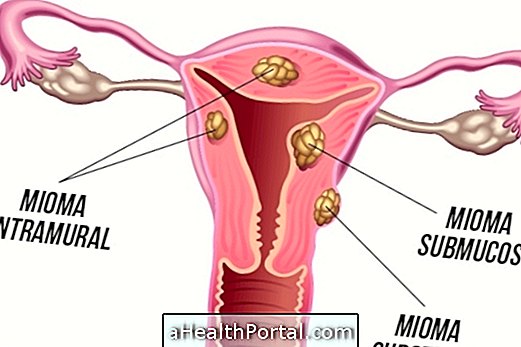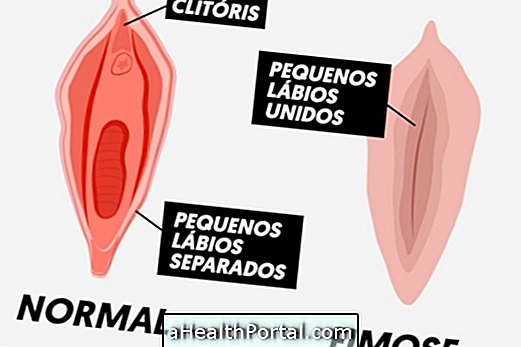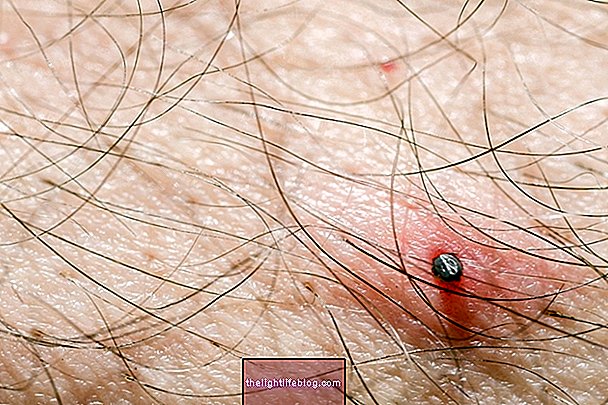The submucosal myoma is a type of myoma that may appear in women due to the increased proliferation of myometrial cells, which is the middle layer of the uterine wall, leading to the formation of nodules inside the uterus and which can cause pelvic pain and bleeding .
This type of myoma is located inside the uterine cavity and can be classified into:
- Level 0, when the myoma is totally in the uterine cavity, without projection to the myometrium, compromising only the endometrium;
- Level 1, when more than 50% of myoma is in the uterine cavity;
- Level 2, when more than 50% of the nodule is in the myometrium.
The wall of the uterus consists of three layers: the endometrium, which is the outermost layer and is the site of implantation of the embryo, the myometrium, which is the middle layer, and the perimetrium which is the outermost layer. When the myoma develops on the outermost wall, for example, it is called the subserous fibroid. Understand what myoma is and its causes.
Also know intramural myoma.

Symptoms of submucous myoma
The submucous myoma is the type of myoma that has more symptoms, mainly bleeding, since there is a compromise of the wall that lines the uterus. The main symptoms related to submucous myoma are:
- Abnormal bleeding, which may be outside the menstrual period;
- Increased blood flow in the menstrual period, and the presence of clots may also be observed;
- Pelvic pain;
- Iron deficiency anemia, due to excessive bleeding;
- Compression of nearby organs, especially when the myoma is larger, which can cause increase of the urinary frequency, for example.
Diagnosis of submucous myoma is performed by the gynecologist through imaging tests, mainly ultrasonography and diagnostic hysteroscopy, which is considered the main examination for the detection of submucous myoma, because it allows the internal visualization of the uterus and fibroid classification in relation to the fibroid. endometrium. Understand how diagnostic hysteroscopy is done.
Submucosal myoma and pregnancy
In the presence of submucosal myoma, the woman's fertility is compromised. This is because there is compromising the endometrium, which is the wall of the uterus where the embryo is implanted. Thus, women who have this type of myoma have more difficulty becoming pregnant and more likely to suffer miscarriages.
How is the treatment done?
The treatment for submucosal myoma is established by the gynecologist and is done through hysteroscopy, which corresponds to a surgical procedure, done under anesthesia or sedation, and which aims to remove myoma. Learn more about surgical hysteroscopy.
In addition, the gynecologist may indicate that some medications may be used to relieve symptoms by reducing the size of myoma or bleeding, as well as improving the general condition of the woman to make the surgery less invasive.







-o-que--sintomas-e-tratamento.jpg)


















